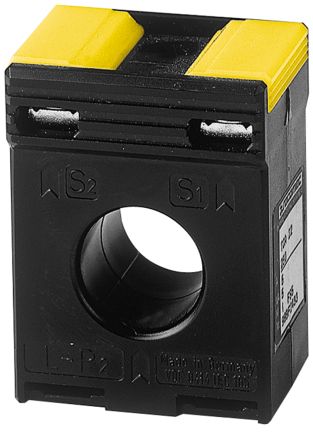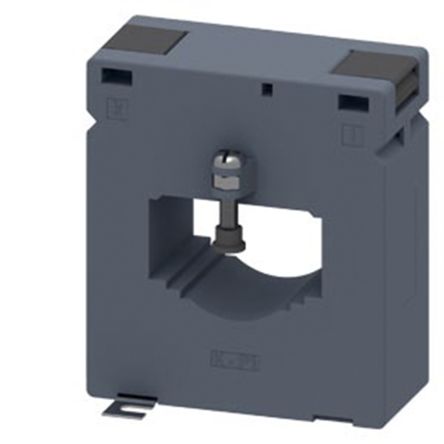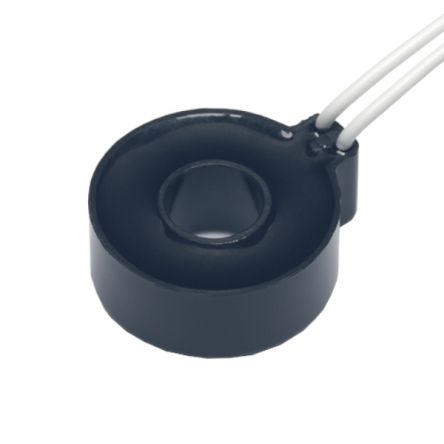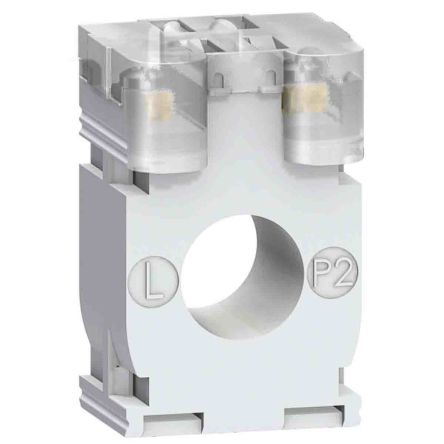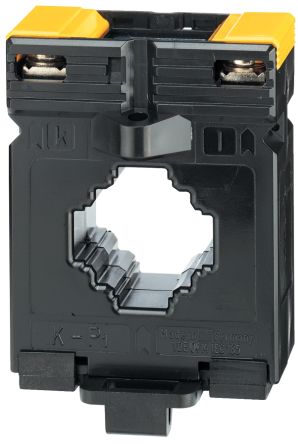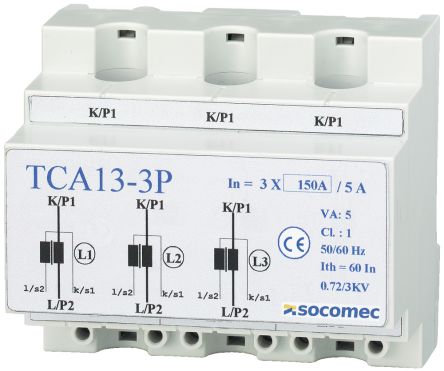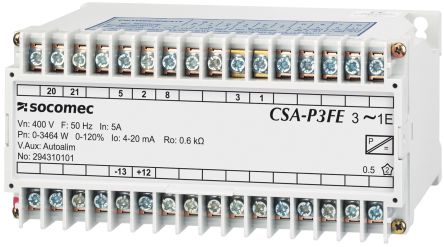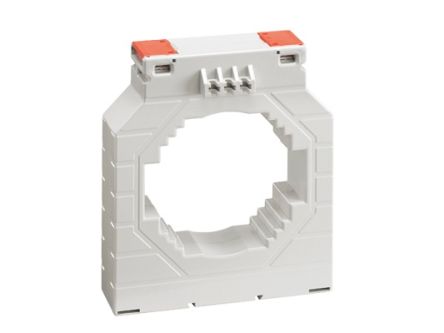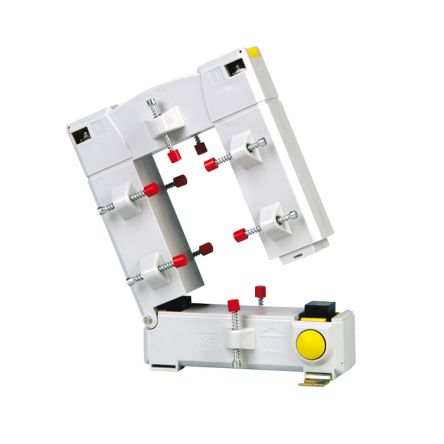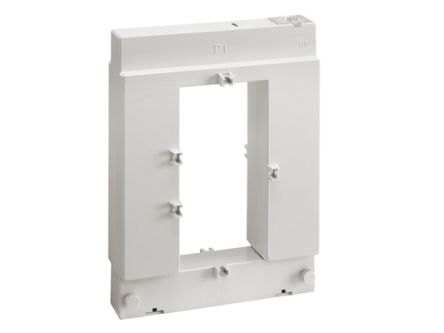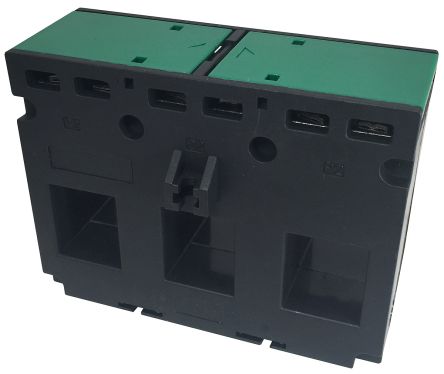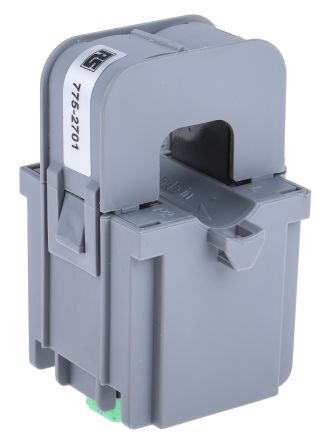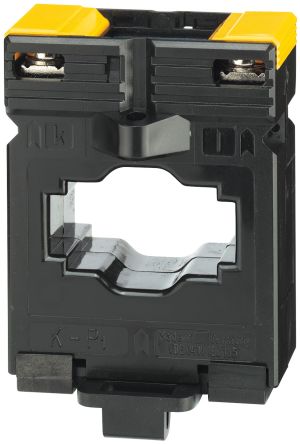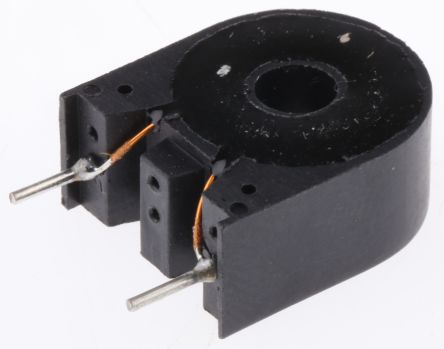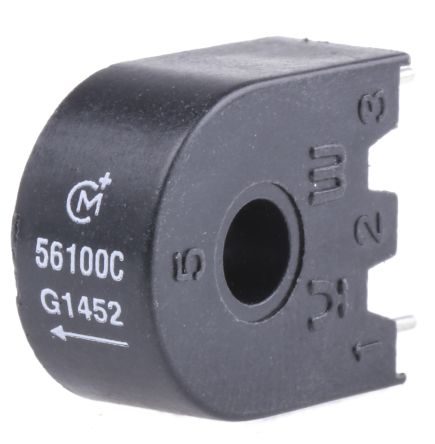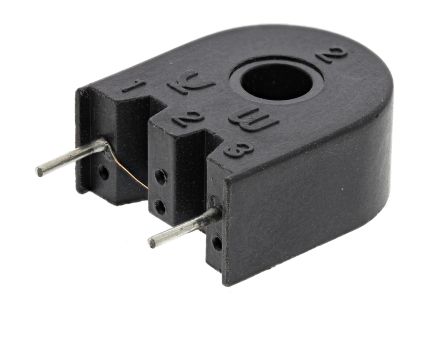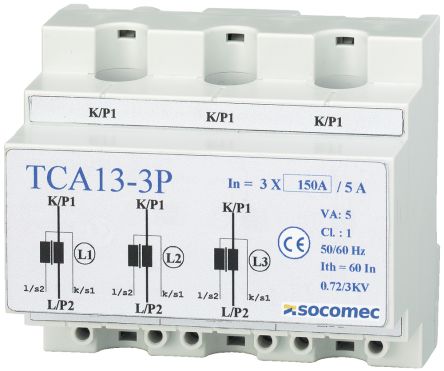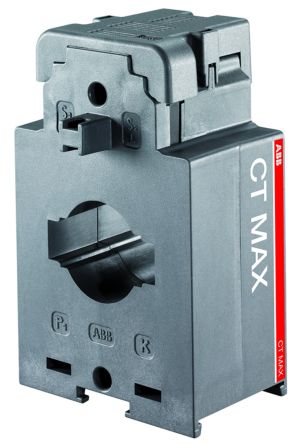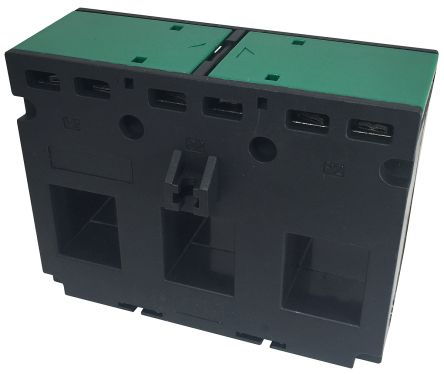- Automation & Control Gear
- Cables & Wires
- Enclosures & Server Racks
- Fuses & Circuit Breakers
- HVAC, Fans & Thermal Management
- Lighting
- Relays & Signal Conditioning
- Switches
- Batteries & Chargers
- Connectors
- Displays & Optoelectronics
- ESD Control, Cleanroom & PCB Prototyping
- Passive Components
- Power Supplies & Transformers
- Raspberry Pi, Arduino, ROCK, STEM Education & Development Tools
- Semiconductors
Current Transformers
Current transformers (CTs), also known as Current Transducers, are essential instruments used for measuring large electrical currents. They work by safely transforming a high current into a proportionally smaller one suitable for measurement. Core Balance Current Transformers are a specific type of CT commonly used in electrical installations to detect current imbalances and tripping the circuit breaker in the event of a fault.
Current transformers work differently from voltage transformers. While voltage transformers focus on voltage transformation, CTs are designed for transforming high currents into measurable levels, with the transformation ratio determined by the ratio of primary to secondary windings.
Current Transformers (CT) consist of a core, a primary and a secondary winding. In some current transformers, the primary winding has a limited number of turns, making it possible for current to be measured without disconnecting it from the supply or load. Since it is arranged in this manner, the current transformer is sometimes called a "series transformer".
In some cases, the secondary winding consists of numerous coil turns wound atop a laminated core made out of low-loss magnetic material. A core with a large cross-sectional area, paired with a wire of a smaller cross-sectional area, minimises magnetic flux density. This design ensures the current transformer operates efficiently and reliably across various loads.
The secondary winding supplies current to a short circuit, such as an ammeter or a resistive load, up to the point when the secondary becomes saturated or breaks down due to excessive voltage.
How Does a Current Transformer Work?
Current transformers are also known as "step-down transformers". When an alternating current (AC) flows through the primary winding, a magnetic flux is created which then induces an alternating current in the secondary winding. This alternating current is proportional to the current in its primary. Once the current has been reduced it can then be safely fed into a meter for monitoring and measurement.
Types of Current Transformers (CT Meter)
#1 - Toroidal Current Transformer
Shaped like a doughnut, these transformers are designed without a primary winding. Rather, a toroidal transformer has a window or hole through which the current flowing in the network passes.
#2 - Wound Current Transformer
In wound current transformers, the primary winding is directly connected in series with the conductor carrying the current to be measured. This physical connection ensures accurate current transformation for measurement purposes.
#3 - Bar-type Current Transformer
This type of transformer uses the cable, or busbar, of the main circuit as its primary winding, effectively one turn of the transformer. In most cases, they are bolted directly to current-carrying devices and are fully insulated from high operating voltages.
Applications of Current Transformers
Current transformers, capable of safely measuring high AC and DC currents, find applications in a variety of settings where precise electrical monitoring is essential. Some key areas include:
- Generating Stations: In power plants, CTs monitor the massive currents generated, aiding in efficient power generation and distribution.
- Electrical Substations: These critical nodes in the power grid rely on CTs to track current flow, ensuring the safe and stable transmission of electricity across vast distances.
- Commercial & Industrial Facilities: Large businesses and industries use current transformers to manage their power consumption and identify potential inefficiencies.
- Power Distribution Networks: Throughout the electrical distribution system, CTs are instrumental in measuring and balancing current flow to maintain a reliable supply.
- Electrical Panels: Current transformers integrated into electrical panels provide real-time current information, enabling operators to monitor and control the system safely.
In most applications, current transformers work hand-in-hand with ammeters. They are designed to step down high currents to a level suitable for the meter’s full-scale deflection.
It is common for current transformers to have inverse turn ratios between their primary and secondary windings. This means that a higher current in the primary results in a lower current in the secondary. As a result, CT calibrations are often tailored to specific ammeter types to ensure accurate readings.
Buy High-Performance Current Transformers Now!
As a trusted supplier and distributor of top-quality electrical components, RS NZ offers a wide selection of high-performance AC and DC current transformers from leading brands like Siemens, Murata Power Solutions, LEM, ABB, and our own RS PRO.
Ensure accurate and reliable current measurement in your applications. Browse our extensive range of current transformers today and buy the perfect electronic solution for your needs.
Ordering & Delivery Information for NZ
RS NZ is dedicated to providing a seamless ordering and delivery experience for our customers looking to buy current transformers in New Zealand. We offer an extensive range of highly accurate Core Balance Current Transformers in various transformer types, current ratings, CT ratio supply voltages and mounting types to suit various applications. We also offer other electrical components like Ammeters and RTD Sensors, ready to be shipped to your doorstep.
To place an order, simply browse our online catalogue, add the desired items to your cart, and proceed to checkout. We accept various payment methods for your convenience.
For detailed information on our delivery services, estimated time frames, and associated costs, please visit our Delivery Information page.
